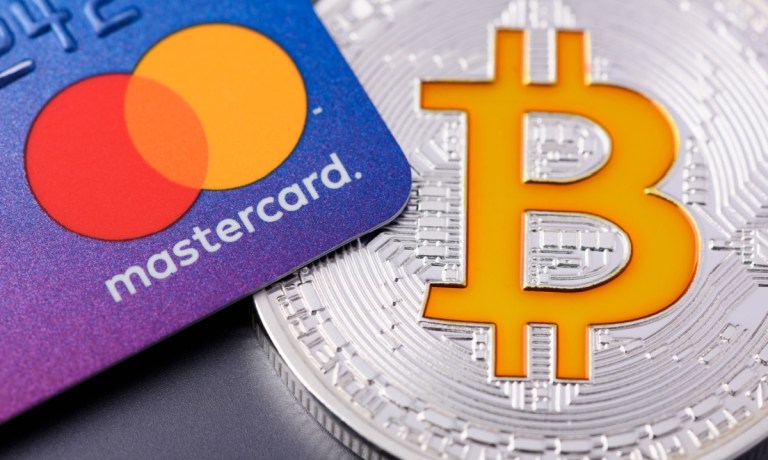Mastercard Unveils P2P Pilot for Crypto Credential Tool

Mastercard has introduced what it calls a “milestone” update to its Crypto Credential tool.
For the first time, the company announced Wednesday (May 29) crypto exchange users can send and receive crypto with their Crypto Credential aliases, rather than relying on “the typically long and complex blockchain addresses.”
These peer-to-peer (P2P) payments mark the first real-world application of the Mastercard Crypto Credential vision, which debuted last year, and represents “the potential to further expand and support the domestic and cross-border remittance market,” the company said.
According to the release, the setup works by first verifying a user under the set of Mastercard Crypto Credential standards.
From there, the user obtains an alias to send and receive funds, with Mastercard Crypto Credential verifying that the recipient’s alias when they begin a transfer, while also determining that the recipient’s wallet supports the digital asset and associated blockchain.
“If the receiving wallet does not support the asset or blockchain, the sender is notified and the transaction does not proceed, protecting all parties from the potential loss of funds,” Mastercard added.
The company introduced the Crypto Credential last April, saying it was designed to ensure that financial institutions, governments, brands and crypto organizations are meeting defined standards for the types of activities they would like to pursue in Web3 environments.
“Setting up and scaling trusted ecosystems to enable commerce is not new to Mastercard,” Raj Dhamodharan, executive vice president of digital asset and blockchain products and partnerships at Mastercard, said in a blog post.
“We’ve done this for years in payments — pioneering innovation in identity verification and global standards. We look forward to bringing decades of experience to this space to enhance trust and work with the broader industry and governments to enable further innovation.”
Meanwhile, PYMNTS wrote recently about the demand for P2P payments among consumers, finding that FinTechs — while making progress on this front — still show room for improvement.
In “FinTechs’ Instant Payment Mismatch,” a collaboration with Ingo Payments, PYMNTS Intelligence found that 47% of FinTechs enabled consumers to send P2P transfers while 41% allowed them to receive these transfers. This represented increases of 10 percentage points for sending and 9 percentage points for receiving between the third quarter of 2022 and the second quarter of last year.
“This progression is great news for FinTechs because data shows P2P transfers rank as the number one service consumers expect when using a FinTech provider,” PYMNTS wrote. “However, the report … also found that FinTechs would benefit by better aligning their services to the needs of their customers.”